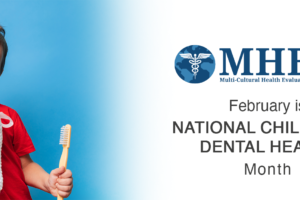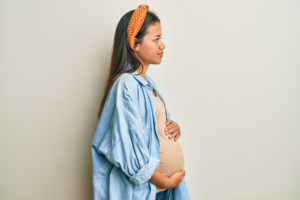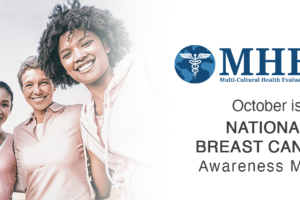Sudden infant death syndrome (SIDS) is a real fear for parents. It can affect any family, seemingly without reason or warning.
What is Sudden Infant Death Syndrome (SIDS)?
Sudden Infant Death Syndrome (SIDS) is the unexplained death of a seemingly healthy baby less than a year old, usually during sleep. SIDS is sometimes known as crib death because infants often die in their cribs.

Although the cause is unknown, it appears that SIDS might be associated with defects in the portion of an infant’s brain that controls breathing and arousal from sleep.
Researchers have discovered some factors that might put babies at additional risk. They’ve also identified measures you can take to help protect your child from SIDS
What SIDS is Not
- SIDS is not the same as suffocation and is not caused by suffocation.
- SIDS is not caused by vaccines, immunizations, or shots.
- SIDS is not contagious.
- SIDS is not the result of neglect or child abuse.
- SIDS is not caused by cribs.
- SIDS is not caused by vomiting or choking.
- SIDS is not completely preventable, but there are ways to reduce the risk.
Understanding the Problem
About 3,400 babies in the United States die suddenly and unexpectedly each year. Sudden Unexpected Infant Deaths (SUID) include Sudden Infant Death Syndrome (SIDS), accidental suffocation in a sleeping environment, and other deaths from unknown causes. Although the SUID rate has declined since the 1990s, significant racial and ethnic differences continue. Parents or caregivers do not usually see these deaths as they happen.
What Does A Safe Sleep Environment Look Like?
You can reduce your baby’s risk of SIDS and other sleep-related causes of infant death in the following ways.

What Else Can Parents Do?
There’s no guaranteed way to prevent SIDS, but you can help your baby sleep more safely by following these tips:
- Place baby to sleep on his or her back, rather than on the stomach or side, every time you — or anyone else — puts the baby to sleep for the first year of life. This isn’t necessary when your baby’s awake or can roll over both ways without help. Don’t assume that others will place your baby to sleep in the correct position — insist on it. Advise sitters and childcare providers not to use the stomach position to calm an upset baby.
- Keep the crib as bare as possible. Use a firm mattress and avoid placing your baby on thick, fluffy padding, such as lambskin or a thick quilt. Don’t leave pillows, soft toys, or stuffed animals in the crib. These can interfere with breathing if your baby’s face presses against them.
- Don’t overheat your baby. To keep your baby warm, try a sleep sack or other sleep clothing that doesn’t require additional covers. Don’t cover your baby’s head.
- Have your baby sleep in your room. Ideally, your baby should sleep in your room with you, but alone in a crib, bassinet, or other structure designed for infant sleep, for at least six months and, if possible, up to a year. Adult beds aren’t safe for infants. A baby can become trapped and suffocate between the headboard slats, the space between the mattress and the bed frame, or between the mattress and the wall. A baby can also suffocate if a sleeping parent accidentally rolls over and covers the baby’s nose and mouth.
- Breastfeed your baby, if possible. Breastfeeding for at least six months lowers the risk of SIDS.
- Don’t use baby monitors and other commercial devices that claim to reduce the risk of SIDS. The American Academy of Pediatrics discourages using monitors and other devices because of ineffectiveness and safety issues.
- Offer a pacifier. Sucking on a pacifier without a strap or string at naptime and bedtime might reduce the risk of SIDS. One caveat — if you’re breastfeeding, wait to offer a pacifier until your baby is 3 to 4 weeks old and you’ve settled into a nursing routine. If your baby’s not interested in the pacifier, don’t force it. Try another day. If the pacifier falls out of your baby’s mouth while sleeping, don’t pop it back in.
- Immunize your baby. There’s no evidence that routine immunizations increase SIDS risk. Some evidence indicates immunizations can help prevent SIDS.
Want to get a headstart on your health? We deliver a Diabetes Self-Management Education and Support program accredited by the Association of Diabetes Care & Education Specialists to meet the needs of people affected by the disease. Call MHEDS at 814-453-6229 (Peach Street) or 814-616-7730 (John F. Kennedy Center).
Our health information does not replace the advice of a doctor. Please be advised that this information is made available to assist the public in learning more about their health. MHEDS’ providers may not see and/or treat all topics found herein.








